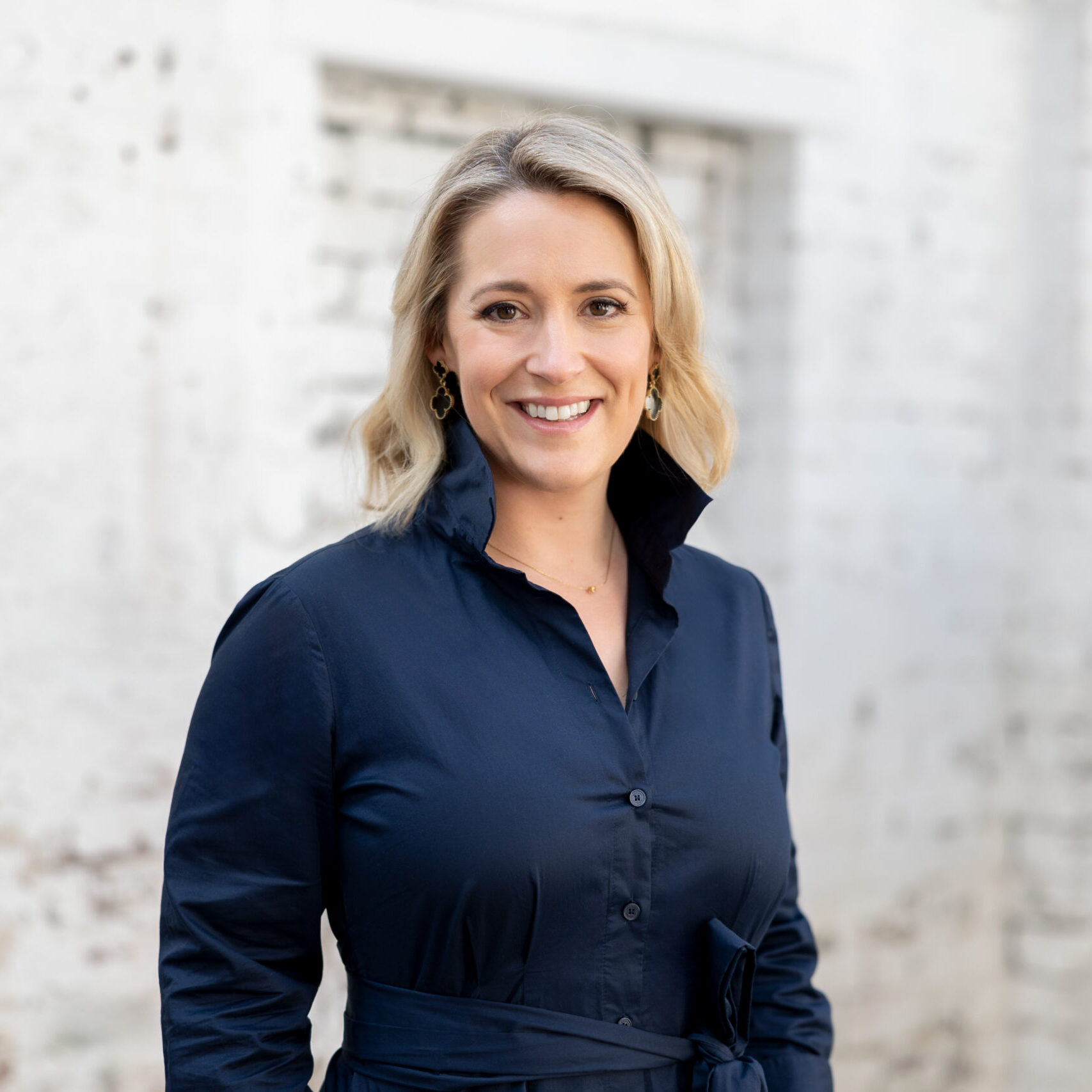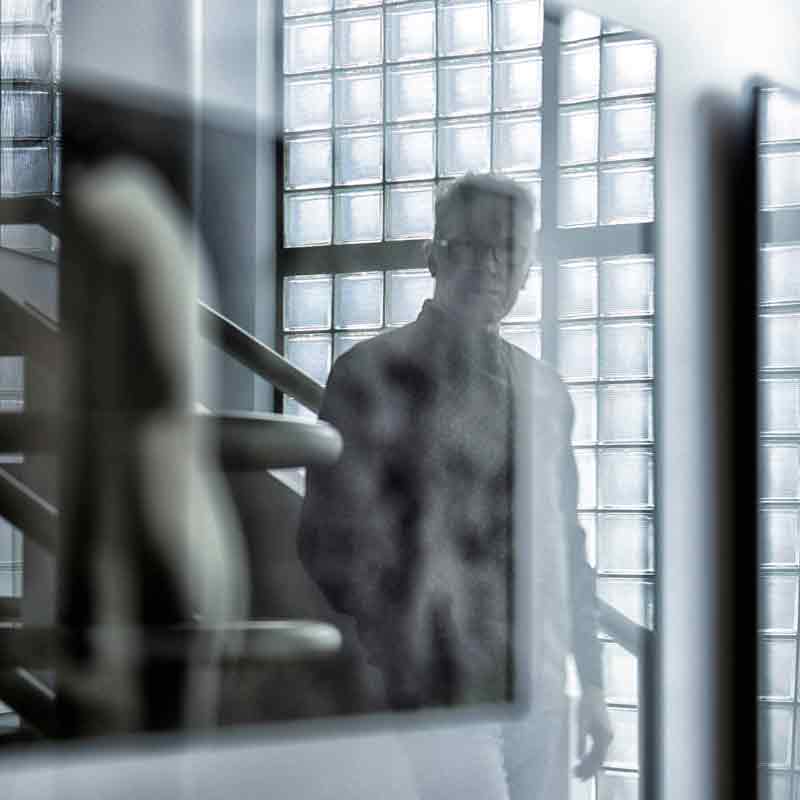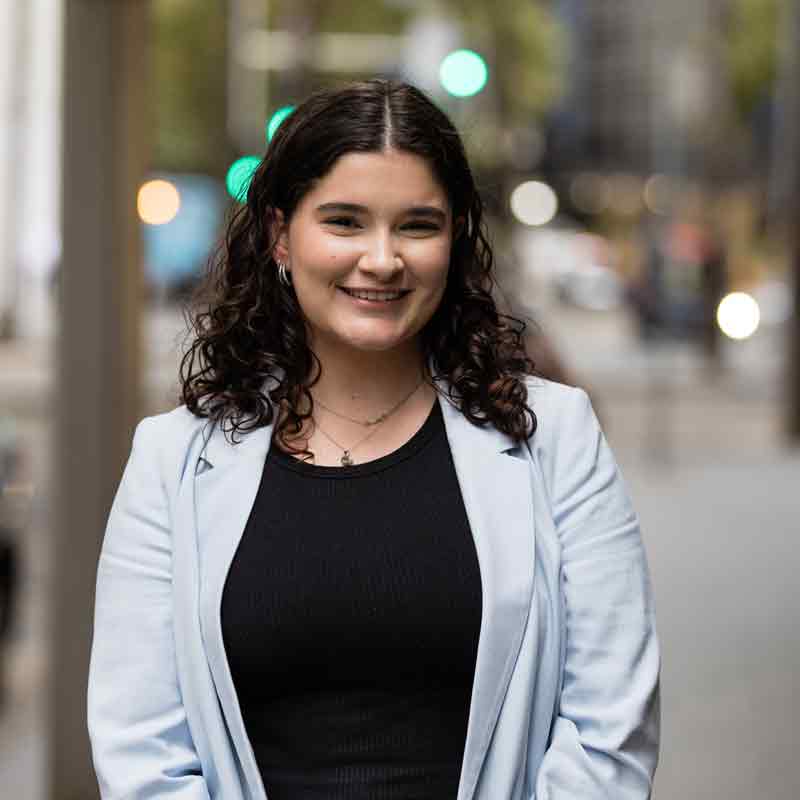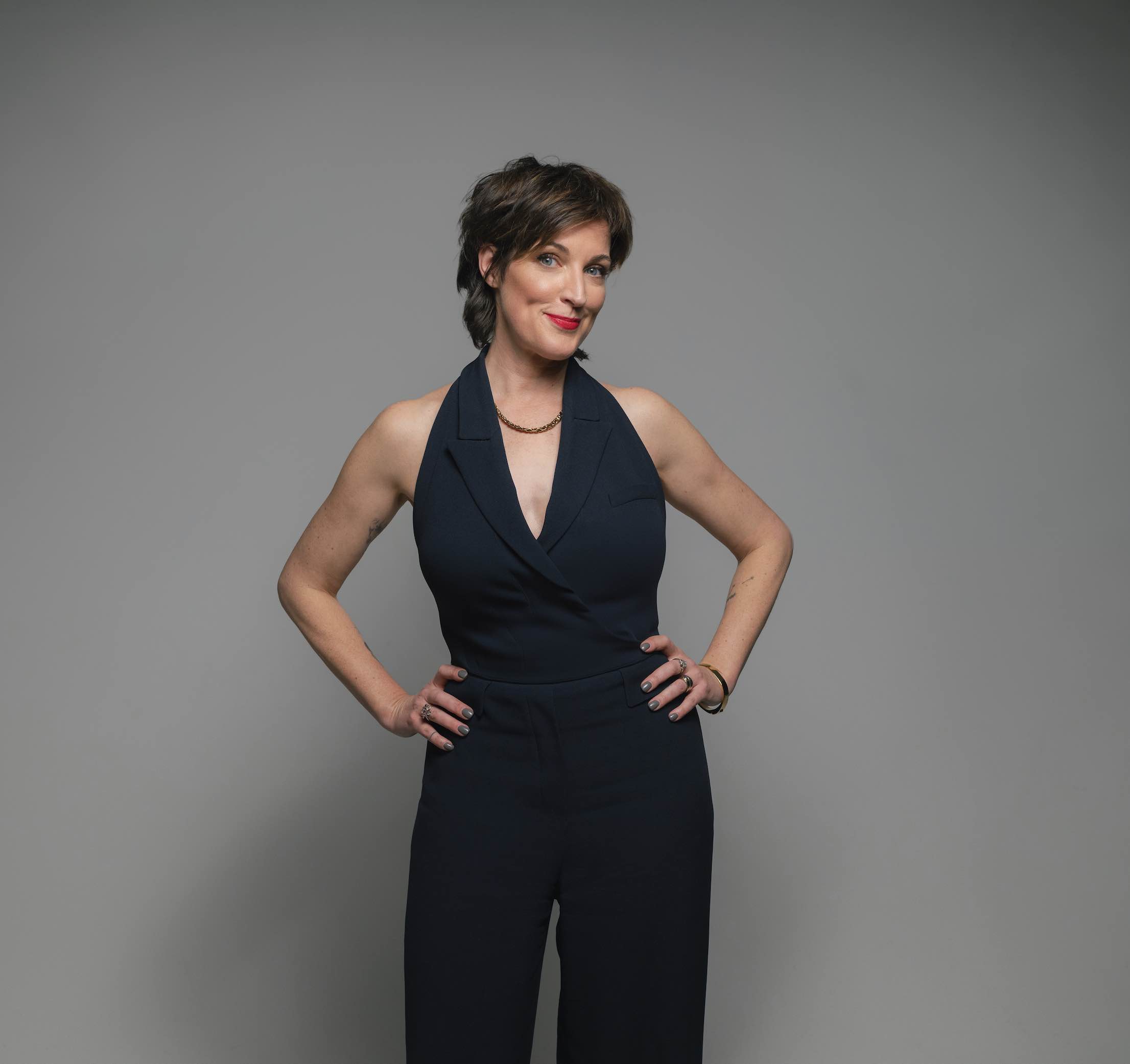
In Conversation with Michael Robinson Chávez
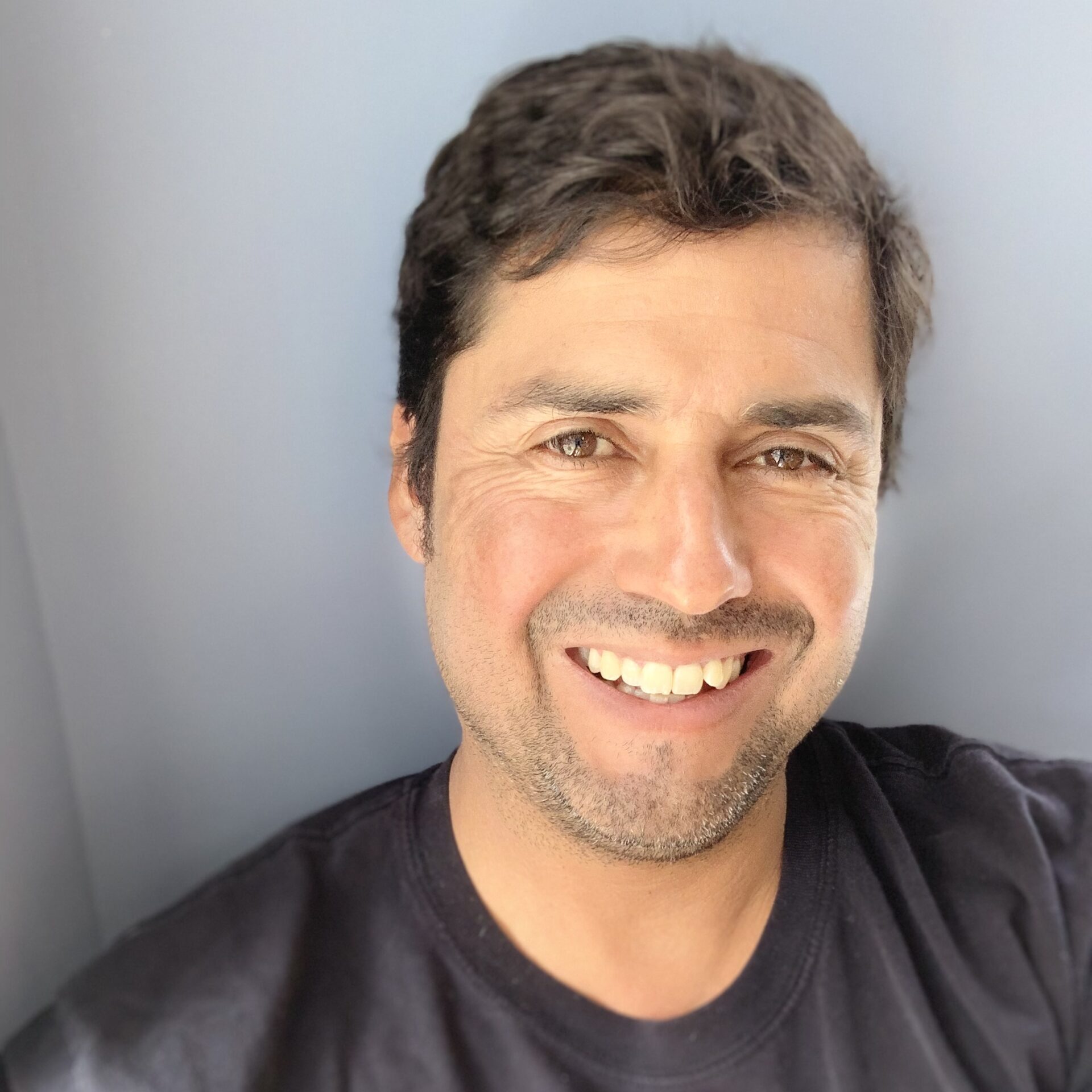
Michael Robinson Chávez, a two-time Pulitzer Prize-winning photographer, was captivated by photography when a friend lent him a camera before a journey to Peru. Half Peruvian and a native Californian, Chávez has established himself as a prominent visual journalist. With a 15-year tenure at The Washington Post and previous roles at The Los Angeles Times, The Boston Globe, and the Associated Press, he has a rich background in photography.
His lens has documented over 75 countries, capturing significant events such as the Russian invasion of Ukraine, Venezuela’s collapse, Mexican violence, California’s historic drought, the Egyptian revolution, Siberian climate change and the 2006 Hezbollah/Israeli war.
Chávez’s accolades include two Pulitzer Prizes, with one in 2020 as part of The Washington Post’s climate change coverage. He’s a three-time Robert F. Kennedy Award winner for Photojournalism, Pictures of the Year International’s Photographer of the Year in 2020, and amrecipient of awards from many other prestigious institutions.
He teaches, lectures and exhibits his work throughout the world.
How did you get into Photography – was it by accident or design?
Getting into photography was certainly not by design! Honestly, during and immediately after high (secondary) school there was little I did that was by design. I was working, driving a forklift, and a friend of mine at the company lent me a camera before a trip to Peru. I was visiting family and going surfing down there. I fell in love. With Peru, travel and photography. After that I was hooked. I was doing mostly surf photography, but my brother was studying journalism at school and gave me the Magnum retrospective “In Our Time.” That changed everything.
What are you working on at the moment?
At the moment I am working on starting a freelance career! And it isn’t easy. I recently took a buyout from The Washington Post after over 15 years there. I have been a staff photographer my whole career, nearly 3 decades, but this was a great opportunity to move on to new challenges. Of late, I have been very focused on telling stories about people adapting and hurting as a result of global warming. I just finished a story on India and Sri Lanka’s Bay of Bengal coastlines that should be running in the Post soon.
Do you think it matters where you live in the world to do the work you do?
I think that depends on what kind of work you want to do. For my purposes, photojournalism, documentary, editorial type of work, you can’t be too remote. In fact, my family and I are just about to move to Valencia, Spain. While there isn’t much work in Valencia itself it is a great base for all the cheap and direct flights throughout the continent and north Africa. Plus the food and wine are excellent! If you want to cover the Middle East, let’s say, Istanbul may be the best base. It all depends on what stories you want to tell and from where.
In your opinion, what’s the best work you’ve done?
Best work? I don’t know if I can answer that. Best could mean stories that had the most impact, not necessarily those that had my favorite images. When I was at the Post I worked on a story about the lithium battery supply change. Conditions were horrible for workers and residents everywhere we went: China, Dem Republic of Congo and Argentina. The story ended up shaming big companies like Apple, Tesla and Samsung. They formed an advisory board to look over the supply chain as a result and many people saw the pain going into powering up our phones and laptops. My work from Peru will always have a special place for it was so personal and free of any editorial expectations.
So far, what’s been the biggest challenge of your career?
This transition from steady paychecks to freelance work may be the most challenging. The move to Spain from the US is partially to do with the cost of living. It is much cheaper in Spain and the quality of life is superior. But in a less pragmatic sense I would say that dealing with the loss of beloved colleagues has been the hardest to deal with. The will to want to keep doing the work, sometimes in dangerous places, after losing some friends and colleagues that you were close to.
What do you think the future holds for your industry?
Sadly, the future looks bleak. I tell young people wanting to be documentary photogs or photojournalists to diversify! Have your lighting and portrait chops down. Make sure you can pivot to travel and lifestyle photography. Day rates are anemic, assignments rare and the economic forecast for many media institutions is not encouraging. That said, there is funding via grants and fellowships but competition is very tough for those resources. It is good to look for funding in unlikely places…just do the research!
Share it around…


